The abundance of potential in Decentralized Finance (DeFi) creates endless possibilities for innovation.
This, as well, makes the playing field broad and unlimited, allowing anyone (anyone, literally) that has the capacity, the freedom to launch their DeFi product on the blockchain network – including scams.
As a result of this inclusivity, there are more projects launching daily than one can keep up with.
However, for all the good that DeFi promises, like all new technology there would be new entrants who seek to exploit people who don’t really understand how the system works.
That’s why education should always be your first step when getting into something new.
The DeFi space has no good or defined ways (or any way at all) to apprehend scammers or recover lost funds, which necessitates doing your own research before committing to a project.
Disclaimer: Before we begin, you should note that this article is meant to help protect DeFi investors and users. It doesn’t necessarily cover every part of this vast topic and as such, you shouldn’t consider it financial advice. This means we’re not liable for your investment decisions.
How do you identify scams in decentralized finance (DeFi)?
While there may be no straight-cut path to stopping malicious actors and scammy projects, there are a few things to look out for in a project to avoid being scammed.
Purpose of the project
Inquiring and understanding the idea of the project, the value it brings to the digital economy, and what innovations it brings to the ecosystem are good ways you can start separating legit projects from scams.
The majority of crypto assets, however, do not offer anything new. It’s equally true that there are few projects with a great deal of initiative, like Tatcoin – that’s why we’re here.
The problem, on the other hand, is that some new projects try to capitalize on the hype around DeFi without even trying to innovate.
A question you could ask is – does this project propose something new and innovative?
How does the project fit into the new digital economy?
How does the project differ from its competitors?
And does it present any unique value proposition?
These are a few straightforward, commonsense questions here.
The fact that you’re asking them would already eliminate a significant portion of scams.
Development activity
DeFi smart contract codes are open source, so you can check the codes if you are code-savvy.
You will be able to determine whether the project has malicious intentions by doing this.
Aside from that, you might also want to take a look at the development activities.
The developers’ activities can be a pointer to the nature of the project.
Does the development team produce new code regularly?
Although this metric can be manipulated, you can nonetheless use it to determine if the developers are for real or just trying to make quick cash.
Smart contract audits
Auditing is something that gets mentioned a lot in the context of smart contracts and DeFi.
You must hear them a lot, yes?
This type of audit ensures that the code is valid and safe.
Many developers deploy their smart contract code without performing an audit, even though audits are an essential part of the development process.
Contracts created this way carry significantly greater risks – avoid them, if you can.
Audits are expensive, and you should be aware of that. For this reason, reputable projects normally pay for audits, while scam projects rarely do.
Can we assume that a project with an audit is completely safe to use?
No. Although audits are essential, they won’t guarantee the safety of a project.
Make sure you consider the risk of depositing funds in a smart contract.
While having an audit does not guarantee safety, it’s important to verify the audit report for a project’s smart contract.
A founder of an authentic project would see the need to audit the project’s smart contract.
Are the founders anonymous?
In a space where anonymity is acceptable, founders can choose to stay unknown.
But it can also be a red flag if no one can be held accountable if a project is false.
As on-chain analysis tools become more sophisticated, it’s still a different situation if the founders want to protect a real-life identity.
However, you should keep in mind that not all DeFi projects led by anonymous teams are scams.
Definitely, there are many legitimate examples of anonymous teams working on legitimate projects.
Even so, when evaluating projects, you should take the anonymity of team members into consideration.
In conclusion, is it therefore bad for projects to have anonymous founders?
No. Is it more difficult to hold projects with anonymous founders accountable for their misconduct? Yes.
How are the tokens distributed?
Understand the economics of the token and its distribution.
The project’s choice of token distribution can be a solid pointer.
When evaluating DeFi projects, it is crucial to take token economics into account.
Inflating token prices while owning a large number and then dumping them on the market are ways scammers make money.
Imagine if, for instance, more than half of the circulating supply is sold on the open market? In that case, the token would drop by virtually all of its value.
Although an initial founder allocation that is significantly larger than average isn’t necessarily a red flag, it can pose difficulties later on.
Along with token allocation, you have to consider how the tokens are distributed.
The only people who have access to it are insiders who get an exclusive deal, then use social media to hype it up?
Is it an Initial Coin Offering (ICO)?
Are they doing an Initial Exchange Offering (IEO) in which a crypto exchange is putting their reputation at risk?
Are they giving out tokens through an airdrop that would likely lead to a lot of sell pressure?
There are many fine points to consider when it comes to token distribution models.
Often, getting hold of this information is difficult, which can be a huge red flag.
However, in order to gain a full understanding of the project, you should consider this information absolutely vital.
How likely is an exit scam?
In contrast with the traditional token launch process, yield farming (or liquidity mining) is a new method of launching Defi tokens.
The Defi project community often uses this distribution method as it provides favourable distribution metrics for the project.
It essentially involves users locking their funds in smart contracts and receiving a percentage of newly minted tokens in return.
It’s probably obvious to you, the direction this is taking. In some cases, the projects will simply take the funds in the liquidity pool.
Meanwhile, others will have a huge pre-mine or use more sophisticated methods.
Moreover, it is not uncommon that new altcoins are listed first on automated market makers (AMMs), such as Uniswap and Sushi Swap.
Alternatively, the project team could remove the market pair from the AMM and dump the tokens on the market if they are providing a good portion of the liquidity.
As a result, the token price essentially drops to zero. This is often called a rug pull since there isn’t much of a market left to sell in.
A good understanding of the token’s economics would keep you abreast of scams and fraudulent practices in DeFi.
Wrapping it up
It doesn’t matter if you want to take part in yield farming or use decentralized protocols for trading and exchange, DeFi scams are common.
With these general guidelines, hopefully, you will be able to spot malicious projects and bad actors more effectively.
Getting started on DeFi? Check out Tatswap.


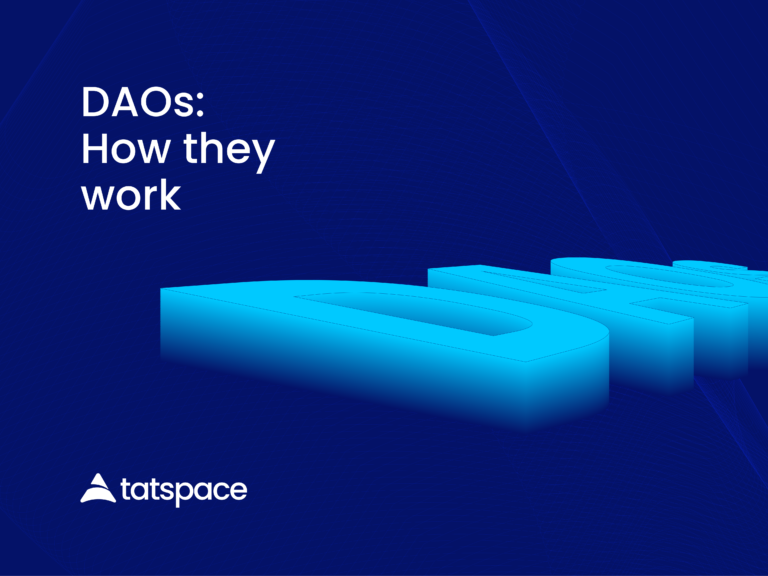
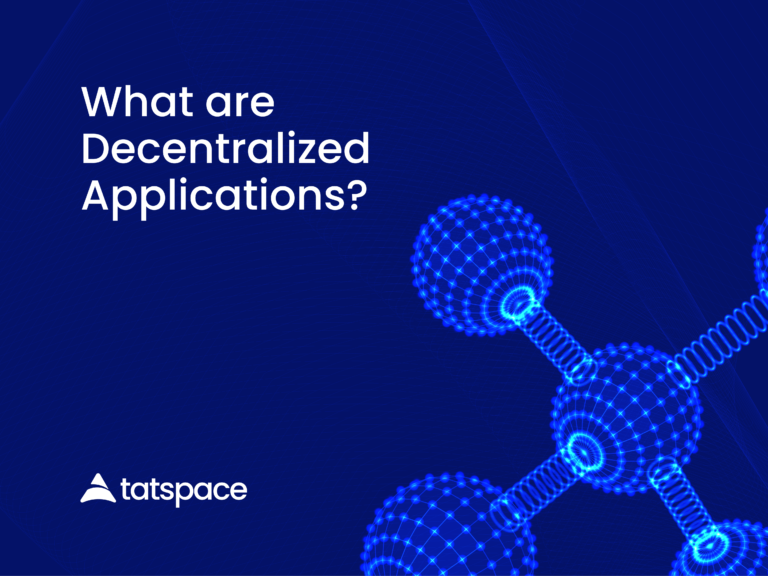
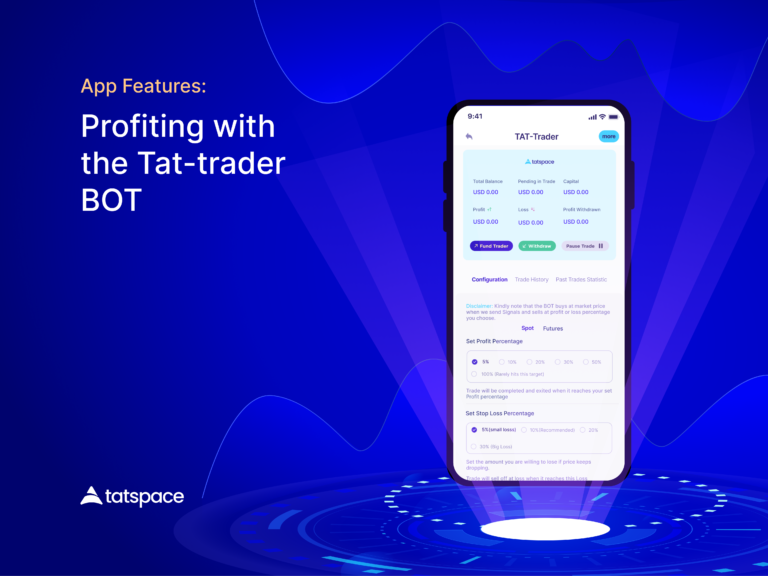
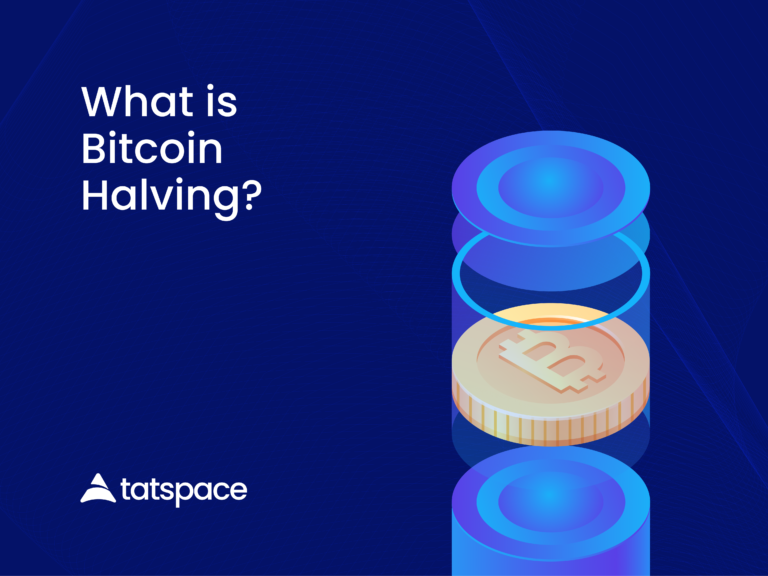
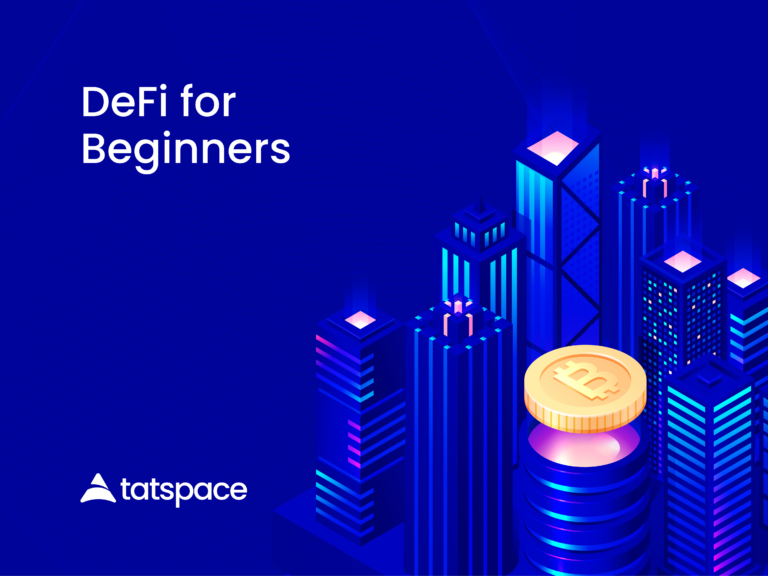
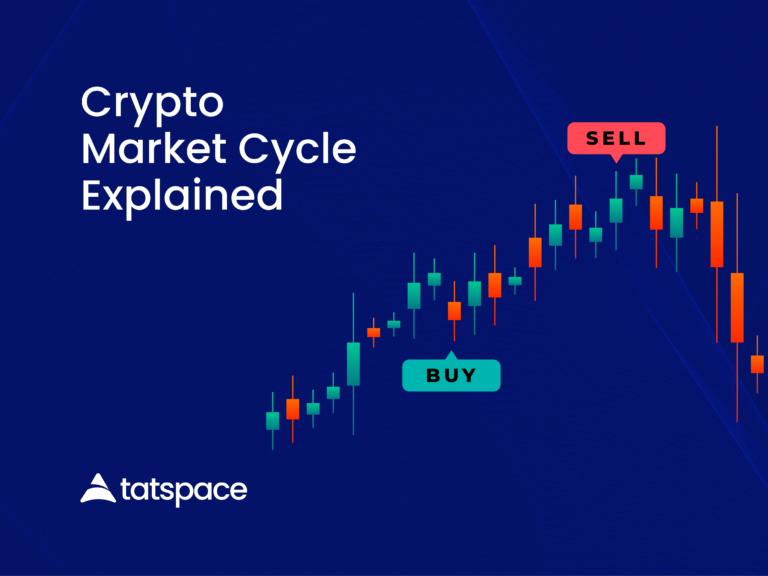
One Response